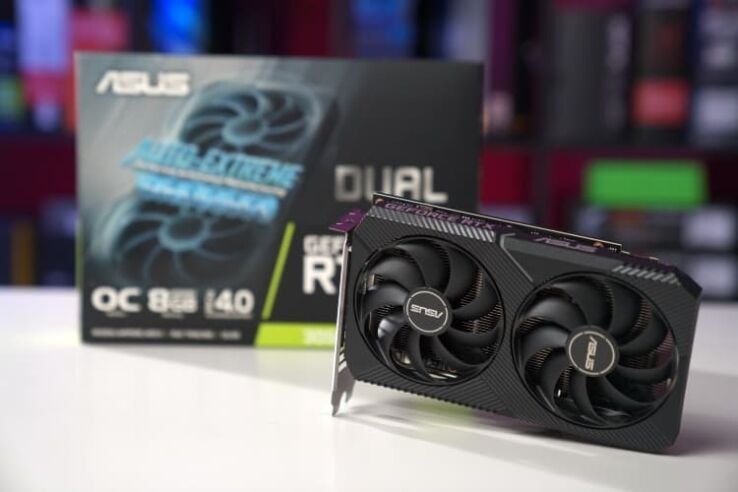Is 2GB of VRAM enough for 1080p gaming?
WIth just 2GB of video memory, there isn't much to power even 1080p

WePC is reader-supported. When you buy through links on our site, we may earn an affiliate commission. Prices subject to change. Learn more
2GB is a very limited amount of video memory and is very uncommon. So if you are running a GT 1030 you may wonder, is 2GB of VRAM enough for 1080p gaming?
Video memory is used for buffering and loading textures for your graphics. As such a larger capacity and speed allows for much better performance.
EVGA GeForce GT 1030 SC 2GB GDDR5
Clock Speed
1290MHz – 1544MHz
VRAM
2GB GDDR5
Memory Bus Width
64 bit
Is 2GB of VRAM enough for 1080p gaming?
2 GB of VRAM may not be enough for optimal 1080p gaming performance, particularly in modern games with increasingly complex graphics and higher-resolution textures. On the other hand, 2GB may still suffice for some older or less demanding titles.
VRAM is essential in gaming, as it stores textures, shaders, and other data needed by the graphics card to render game visuals.
At 1080p resolutions, however, the graphics card only needs to render fewer pixels than with higher resolutions like 1440p or 4K, therefore requiring less VRAM than those higher resolutions require.
However, the amount of VRAM required varies depending on the game being played and its graphics settings. Games with higher-resolution textures, detailed particle effects and complex lighting effects require more RAM to store the additional data necessary for rendering images. Furthermore, higher graphics settings like anti-aliasing, texture quality and shadow quality require additional RAM.
In general, 2GB of VRAM may be sufficient for older or less demanding games at 1080p resolution; however, for optimal performance with modern titles at this resolution, it’s recommended that you have at least 4GB or more installed.
It should also be noted that other factors like CPU speed and system RAM capacity can impact gaming performance in addition to VRAM amount.
Games with higher-resolution textures, detailed particle effects and complex lighting effects require more VRAM to store the extra data required to render graphics.
Furthermore, higher graphics settings like anti-aliasing, texture quality and shadow quality require additional RAM in order to store the additional information required for rendering at these higher settings.